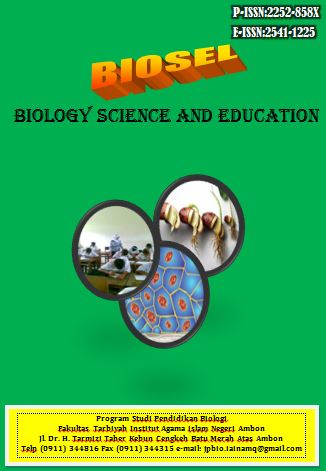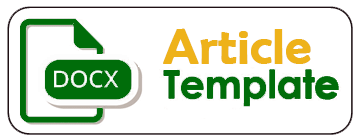Analysis of Phytoplankton Diversity and Abundance in the Rawas River, South Sumatra
DOI:
https://doi.org/10.33477/bs.v14i1.8146Abstract
The Rawas River, a tributary of the Musi River in South Sumatra, faces water quality challenges due to various anthropogenic activities such as household waste, industrial discharge, and agricultural runoff. This study aimed to analyze the diversity and abundance of phytoplankton, as well as water parameters, in the Rawas River. Sampling was conducted at three stations from March to June 2023. Phytoplankton identification was performed in the laboratory using a trinocular microscope, and data analysis included diversity index (H’), evenness index (E), dominance index (C), and PCA analysis. Results identified 49 phytoplankton species across 7 classes, with Bacillariophyceae dominating (69.86%). Station II exhibited the highest diversity (H’ = 3.601) due to effective industrial waste management through IPAL, while Station I showed the highest abundance (37.59%) due to household waste input. PCA analysis identified nitrate, phosphate, water transparency, and current velocity as dominant parameters influencing phytoplankton distribution. This study underscores the importance of waste management in maintaining water quality and preserving the Rawas River ecosystem.
Keywords: Phytoplankton, Diversity, Abundance, Rawas River, South Sumatra
Downloads
Published
Issue
Section
License

This work is licensed under a Creative Commons Attribution-NonCommercial 4.0 International License.
Authors who publish with this journal agree to the following terms: Authors retain copyright and grant the journal right of first publication with the work simultaneously licensed under a Creative Commons Attribution License that allows others to share the work with an acknowledgement of the work's authorship and initial publication in this journal. Authors are able to enter into separate, additional contractual arrangements for the non-exclusive distribution of the journal's published version of the work (e.g., post it to an institutional repository or publish it in a book), with an acknowledgement of its initial publication in this journal. Authors are permitted and encouraged to post their work online (e.g., in institutional repositories or on their website) prior to and during the submission process, as it can lead to productive exchanges, as well as earlier and greater citation of published work.













